7 plants to never prune in October – and why early fall is a risky time to trim
Keep the pruning shears away from these plants this month
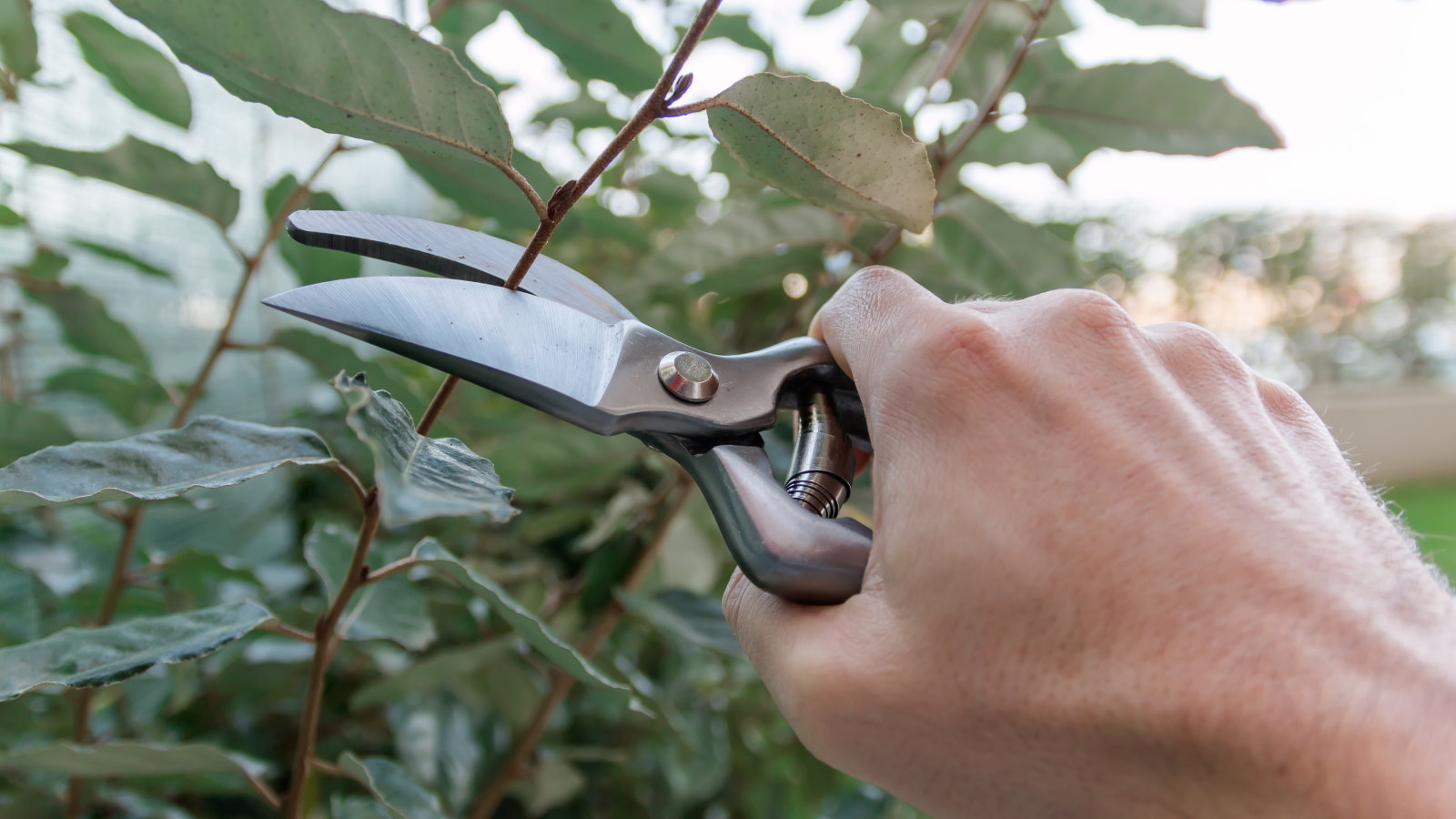

Pruning is an essential gardening task that must be done at the correct time to ensure plants remain healthy and perform at their best every year. It is a pruning mistake to trim at the wrong time of year - and that includes not trimming some plants in October.
Heading out with the pruning shears as part of tidying up the backyard in fall can be hard to resist, however, pruning can damage plants and affect their flowering display next year.
While there are plants to prune to prune in October, as part of a fall gardening checklist, it does not mean all trees, shrubs, or perennial plants should be trimmed. To help you make sensible decisions this month, we look at some plants that are best left untouched in October.
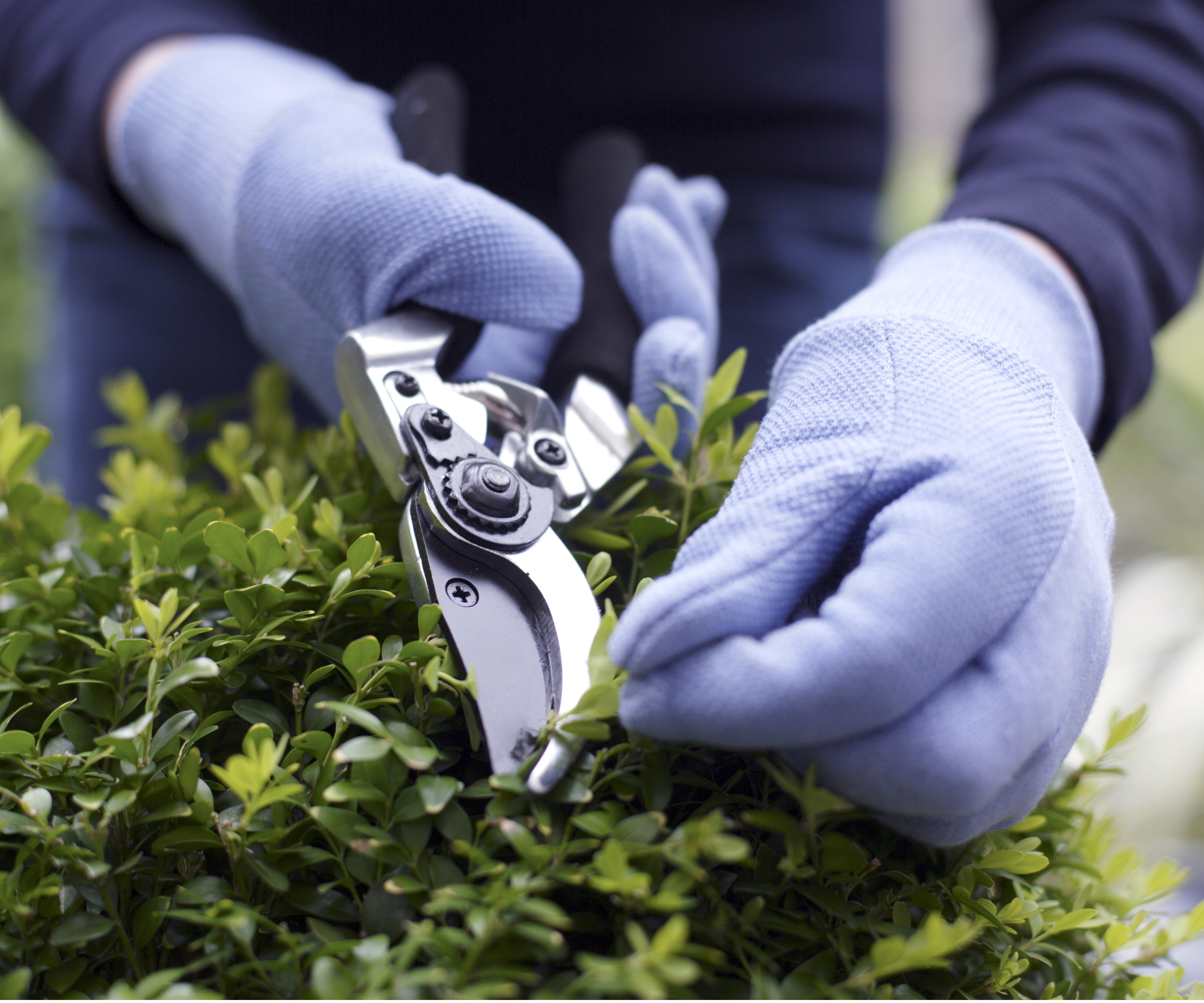
Plants you should not prune in early fall
It is not recommended to head out with the garden tools and prune the following plants in October:
1. Rhododendrons and azaleas
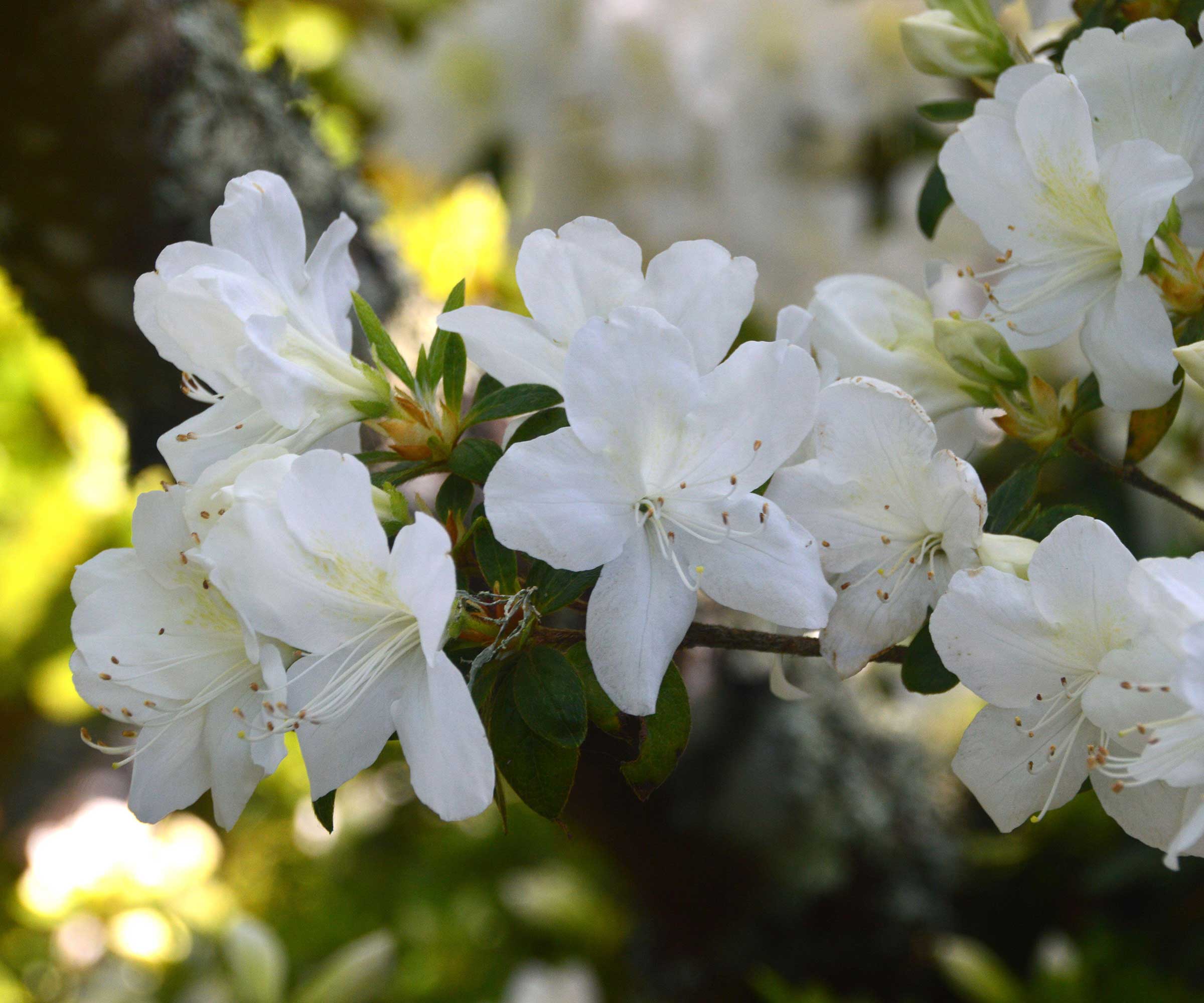
Rhododendrons are stunning evergreen shrubs that put on a fantastic blooming display in spring and early summer. As both rhododendrons and azaleas bloom on old wood, they should be pruned once they have finished flowering. This gives them lots of time to develop the new wood to carry next year’s display.
Pruning rhododendrons in October is inadvisable for two reasons. Firstly, you will be removing flower buds for next year. Secondly, it will encourage the rhododendron to put on new growth in response to pruning.
The American Rhododendron Society warns: ‘Fall pruning is not advisable as new growth may not be hardened off prior to the first frost and may be subject to damage.’
2. Lilacs
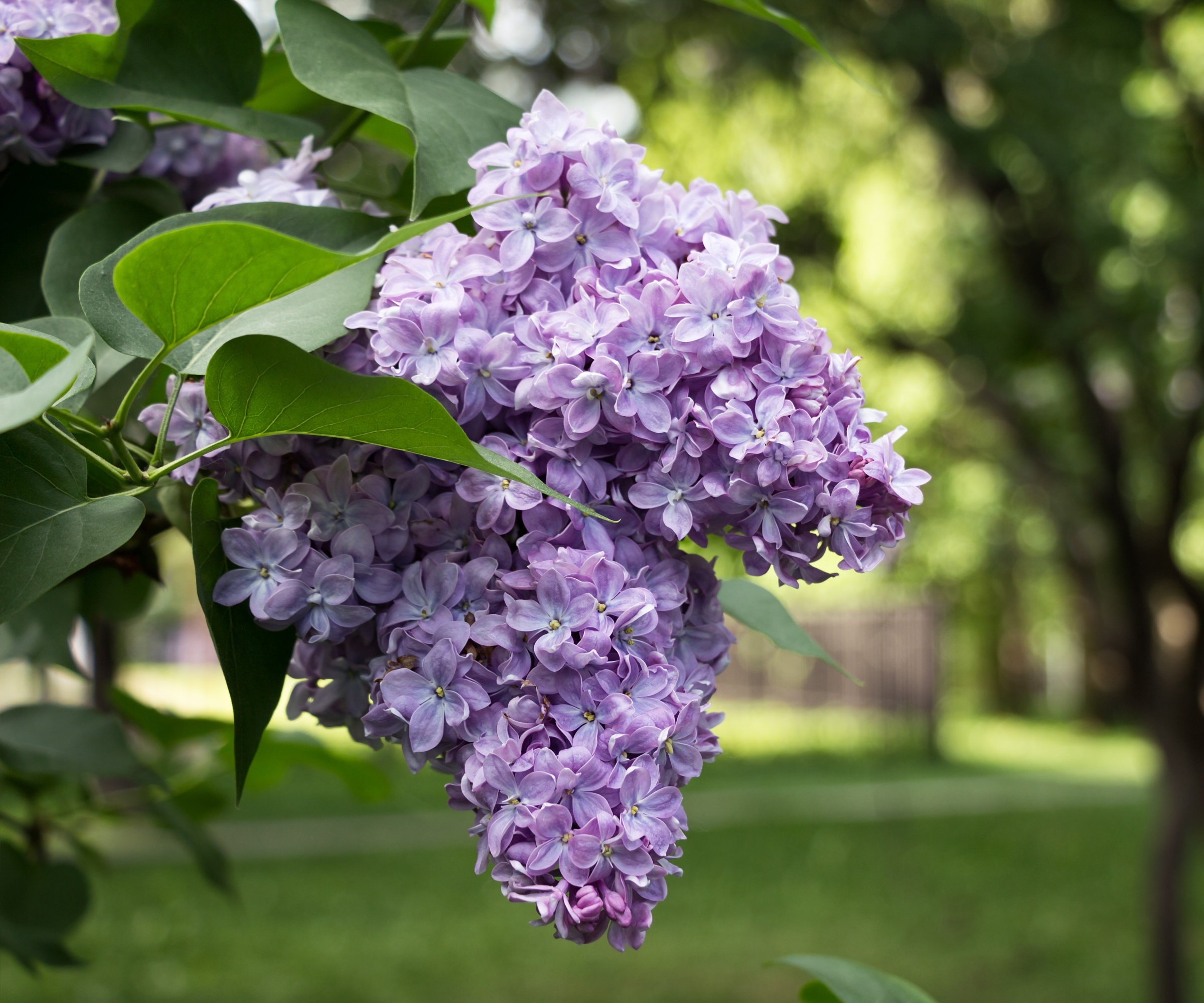
These deciduous spring-flowering shrubs display gorgeous panicles of fragrant flowers in late spring. The blooms come in shades of purple, pink, or white and develop from buds formed in the previous late summer and early fall.
The right time to prune lilacs is once they are done flowering in late spring or early summer. Prune in fall and you remove the buds that will carry next year’s blooms. You will likely be left with a disappointing flowering display or no blooms at all.
All shrubs that flower in early spring are plants to prune in spring so you give them a chance to develop new growth and buds to perform next year. That includes pruning forsythia, viburnum, and daphne, as well as when growing lilacs.
3. Evergreen shrubs

Evergreen shrubs offer so much potential as part of backyard ideas. If you are landscaping with evergreens there are many choices, as they can be great hedging plants, ideal for topiary, and pretty evergreen plants offer year-round interest in flower beds.
The ideal time to trim evergreen bushes and shrubs is early spring and late summer. A first trim removes damaged branches and stimulates new growth for the season, while a second keeps it neat ahead of the colder weather arriving.
Pruning boxwood bushes and other evergreen shrubs in October is a pruning mistake. It encourages new growth susceptible to damage from frosts and the entire cold hardiness of the plant can be affected. In addition, as evergreens do not store food in their roots, pruning in fall can leave the shrub struggling to produce the energy required to survive until spring.
4. Fruit trees
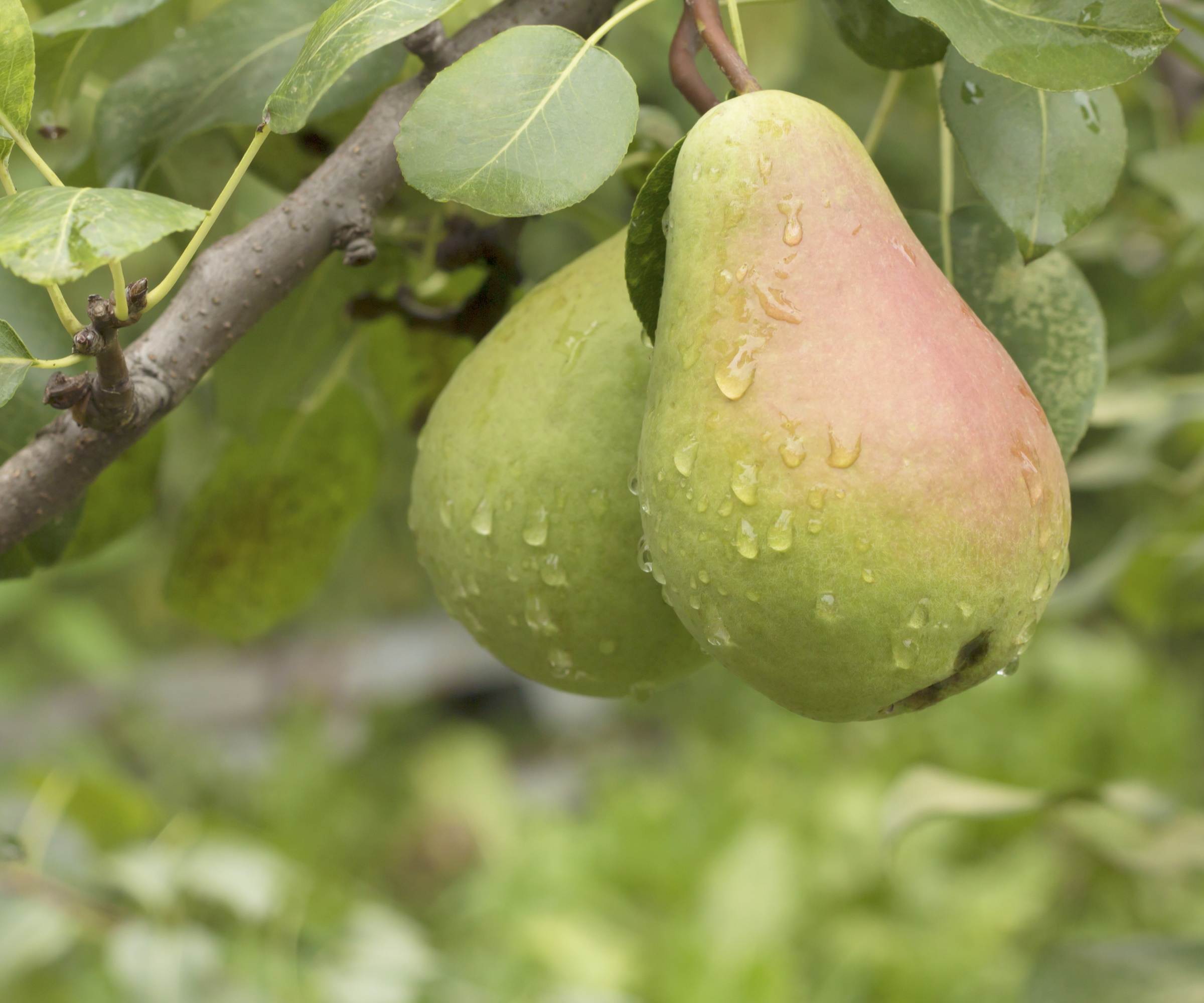
For healthy trees and great harvests, it is important to understand when to prune fruit trees. It would be a mistake to prune fruit trees in October as this can cause potential harm to the tree and dramatically impact next year’s crop.
As a guide, if you are pruning apple trees or trimming pear trees they want to be pruned when they are dormant in winter. Whereas pruning of peach trees, nectarines, cherries, or any other stone fruit should take place in summer.
Pruning fruit trees in October risks removing flower buds that the trees set in fall - impacting next year’s harvest. It also can affect the tree’s winter hardiness as new growth will be damaged by frosts and pruning cuts may be open to the elements, as they heal slower in fall.
Finally, there are fungal and bacterial diseases prevalent in fall that can get into exposed pruning wounds and damage the fruit tree.
5. Oakleaf hydrangea
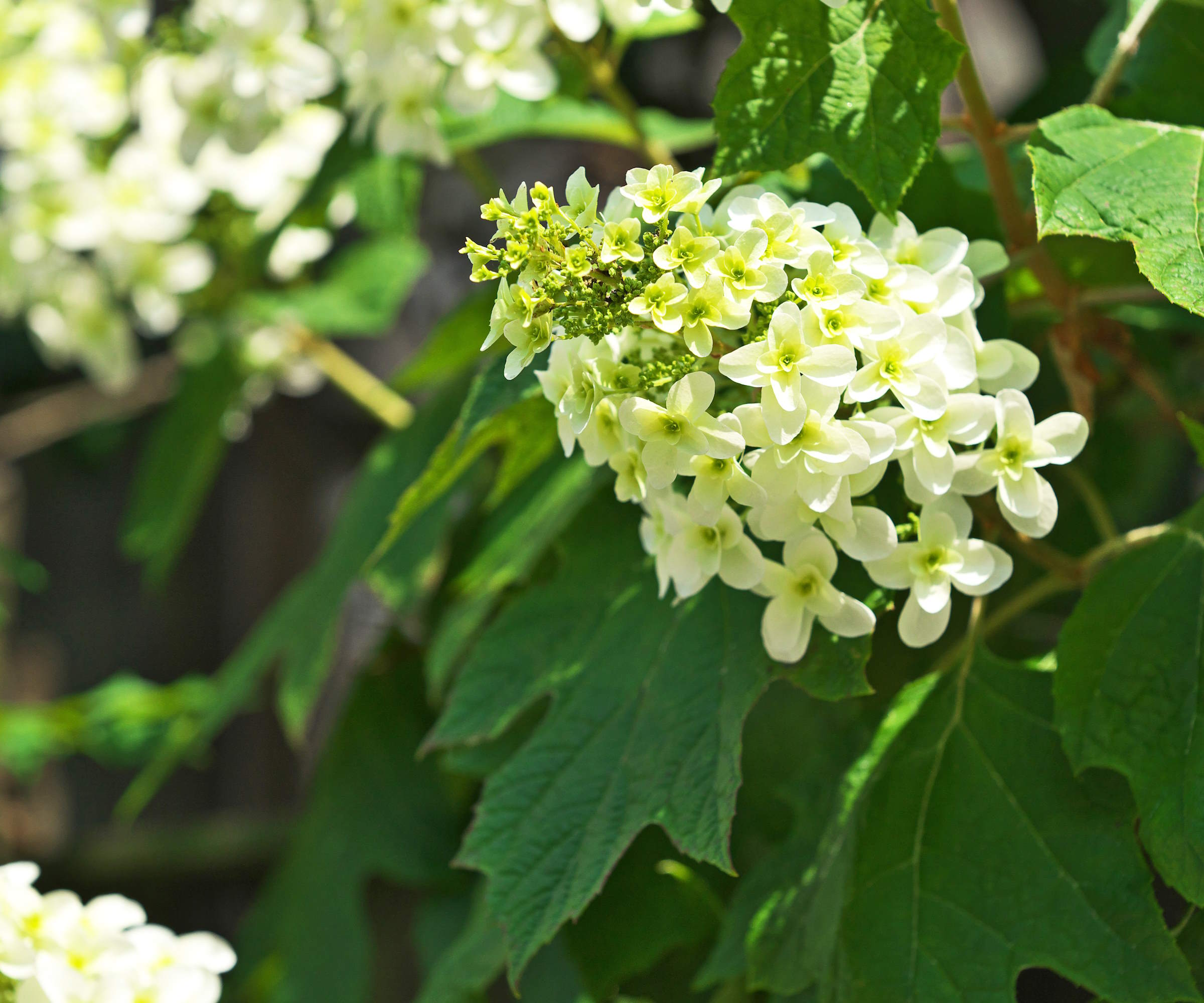
Pruning can be a tricky matter for anyone growing hydrangeas. This is because the time to prune hydrangeas varies from type to type. It is generally based on how the hydrangea blooms, whether it flowers on new or old wood.
Varieties such as Annabelle hydrangeas, limelight hydrangeas, and panicle hydrangeas bloom on new wood and are pruned when dormant in late winter to early spring.
When it comes to pruning oakleaf hydrangeas, they flower on old wood grown the previous season. As such, they want to be pruned in mid-to-late summer after flowering and it would be a hydrangea pruning mistake to trim in October.
Simply put, pruning an oakleaf hydrangea in the fall risks removing the following year’s flowers.
6. Japanese maples
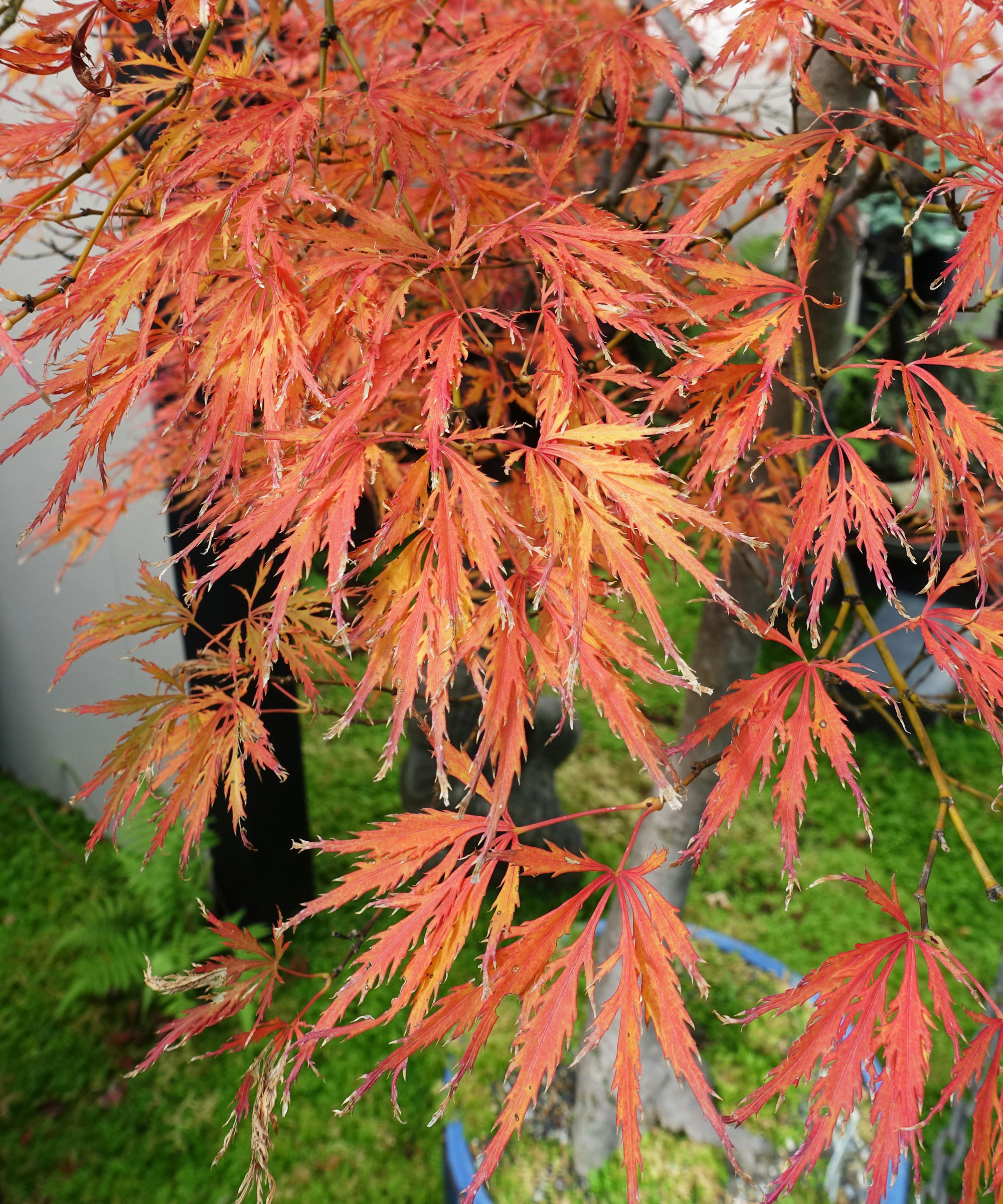
Japanese maples trees provide stunning fall color to any space. They do not often require lots of annual maintenance or pruning, however, when they do need a trim it is important to get the timing right for all varieties of Japanese maples.
The main issue when pruning Japanese maples is that they bleed sap at any time when they are not fully dormant. The best time to prune is late winter when they are dormant before the buds break.
Pruning from mid-spring to late fall will cause the tree to bleed sap. This can weaken the tree and also attract insects that may be carrying diseases.
7. Half-hardy plants
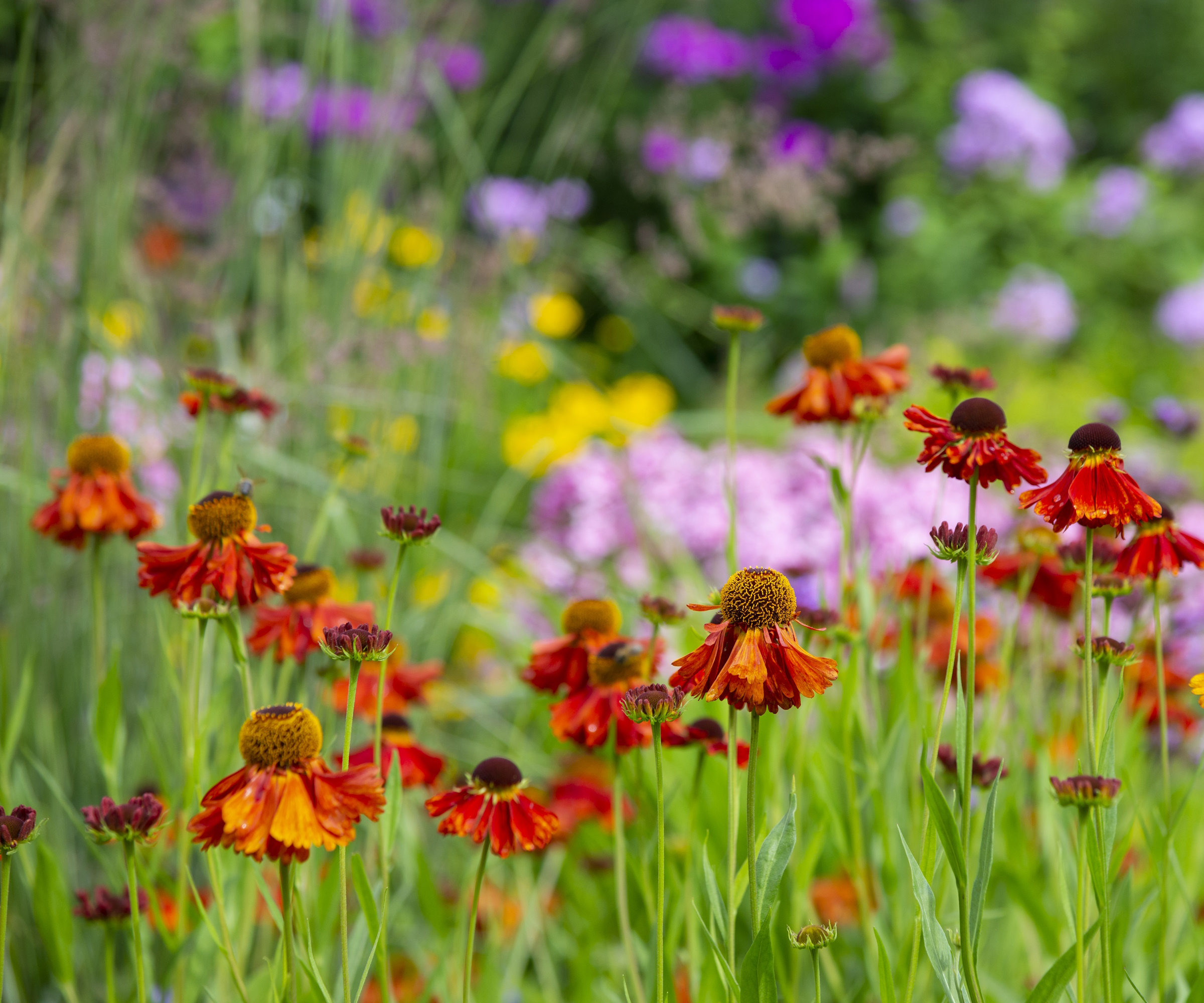
It is important to understand the hardiness of any perennials in your flower beds or borders and tailor when you cut them back. Any plants half-hardy for your US hardiness zone may struggle to overwinter if you cut them back in October, especially in a particularly cold winter.
Leaving the plants untouched in fall, and cutting them back in spring, can keep them protected over winter. The protection from leaving the foliage can be enough to ensure that plants that are only just hardy enough for your zone survive and come back again next year.
It might be handy to remind yourself of the hardiness zone map, as the USDA updated it at the end of 2023 for the first time in over a decade.
Shop pruning tools
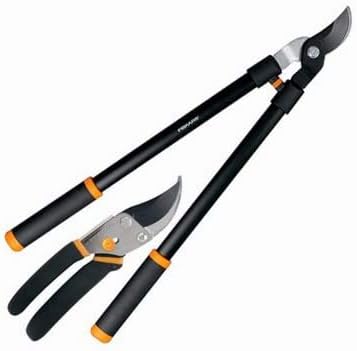
This set has a pair of pruning shears and a pair of loppers - ideal to help you complete any pruning tasks.
October can be a busy time in any gardening calendar. As well as being an ideal month to tidy a backyard and prepare it for winter, it is also a great time to be proactive and plan ahead by thinking about planting in October and sowing in October.
Sign up to the Homes & Gardens newsletter
Design expertise in your inbox – from inspiring decorating ideas and beautiful celebrity homes to practical gardening advice and shopping round-ups.

Drew’s passion for gardening started with growing vegetables and salad in raised beds in a small urban terrace garden. He has worked as a professional gardener in historic gardens and specialises in growing vegetables, fruit, herbs, and cut flowers as a kitchen gardener. That passion for growing extends to being an allotmenteer, garden blogger, and producing how-to gardening guides for websites. Drew was shortlisted for the New Talent of the Year award at the 2023 Garden Media Guild Awards.
-
 Jeremiah Brent's new NYC-inspired rug collection has got to be the easiest way to bring his modern Manhattan style into your own home
Jeremiah Brent's new NYC-inspired rug collection has got to be the easiest way to bring his modern Manhattan style into your own homeJeremiah Brent has teamed up with Loloi Rugs to create a contemporary collection of home furnishings inspired by his city
By Eleanor Richardson
-
 I tried this one easy dishwasher trick and made the annoying need for manual drying a thing of the past
I tried this one easy dishwasher trick and made the annoying need for manual drying a thing of the pastIf you hate those little pools of water left on your cups and crockery, this towel trick is for you
By Punteha van Terheyden
![Tonma Anvil Pruning Shears [made in Japan] 8" Sharp Garden Pruners, Japanese Secateurs With Ergonomic Handles](https://cdn.mos.cms.futurecdn.net/hyEnKCY8dJd5N49AAPzQL4.jpg)
